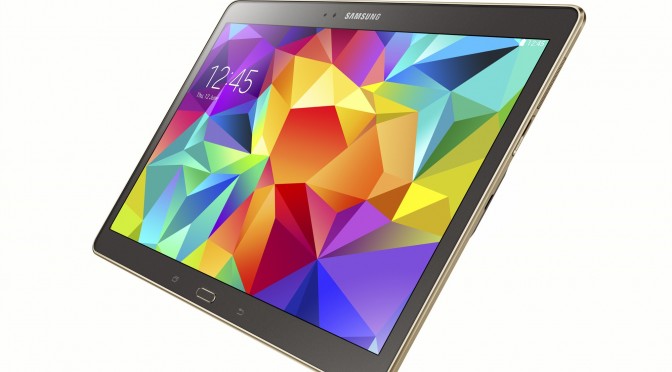In Part I of Track Your Adventures for Free, I made mention of using APRS as a tracking system at a much lower cost than APRS ready radios such as the Yaesu FTM-400DR and the popular Kenwood TM-D710A that are upwards of $500 for the radio alone. These radios are exceptional, a beautiful rendition of hardware, but unnecessary. What makes them uniquely suited for APRS is that they have GPS capability to determine your position, and they also have a built in TNC (Terminal Node Controller), which is essentially in charge of converting your digital data into an analog audio tone representation of that data using the AX.25 protocol. It serves as a modem allowing you to transmit your digital position data obtained from the GPS, and also decodes the AX.25 coded tones that arrive from other users and converts them to digital data on receive. Other functions are supported, such as messaging, but we can discuss those features as we progress.
While a TNC might seem complicated, it is a rather simple and primitive device in comparison to today’s technology. Our smartphones are millions of times more capable, and this is what we will be taking advantage of. With the Yaesu and Kenwood radios, you still have to connect to an external device if you want to see the position data on a map. This is usually done by connecting it to an expensive GPS unit for mapping (only a limited set are supported), or to a smartphone/computer running mapping software. Using a smartphone or computer to also perform the TNC function therefore seems logical.
To summarize, what you need for APRS is:
- A radio capable of transmitting and receiving in the 2 meter (144MHz) ham band (highly recommend one that supports VOX [voice activated transmission]).
- A GPS receiver.
- A device that can serve as a TNC to convert your GPS data into an audio signal
- A way to connect your TNC device to your radio
- Ideally, a device that can put position data on a map to help you visualize where APRS users are relative to you, and also display messages and allow you to compose messages if you choose to use that feature.
That’s it. If you get these 5 items, you are ready for APRS. What most people don’t realize is that a smartphone is capable of doing 2, 3, and 5. So what’s left? A radio, and a way to connect your smartphone to your radio. So lets look at the simplest solution:
Continue reading Track Your Adventures for Free – Part II – The Hardware

